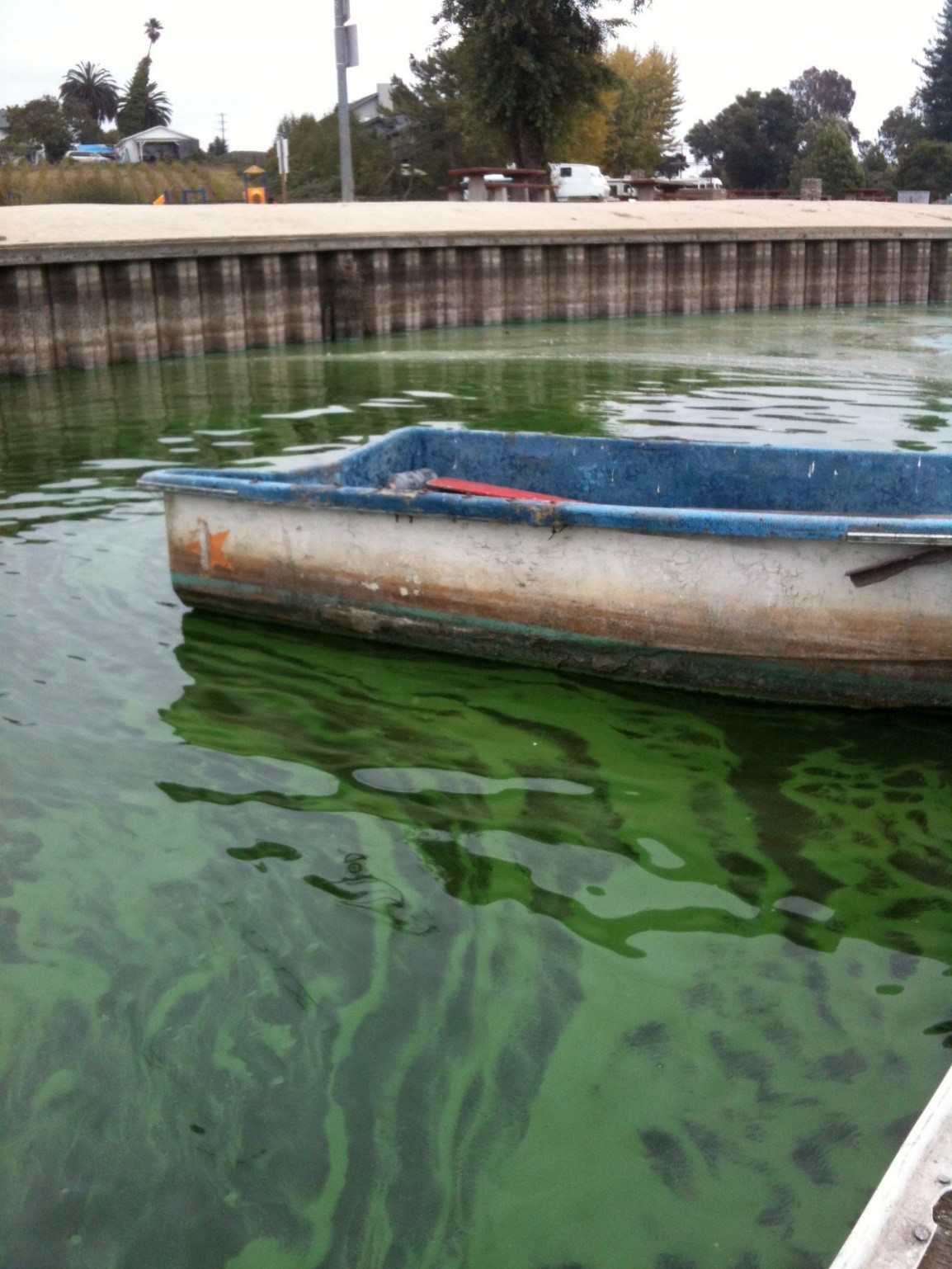EPA workshop focuses on science-informed solutions for managing HABs

About 150 water-quality managers from across the nation discussed the state of knowledge about harmful algal blooms (HABs) and best-practices solutions and strategies for combatting them during a management-focused workshop in April at SCCWRP.
The three-day workshop, hosted by the U.S. Environmental Protection Agency and California’s Surface Water Ambient Monitoring Program, provided a forum for lake managers, public health officials, tribal leaders and other water-quality managers to get up to speed on the latest science and to share their in-field experiences with HABs.
HAB events trigger production of algal toxins that can impair water quality and threaten the health of humans, wildlife and domestic pets.
SCCWRP, which was invited by the EPA to co-organize the workshop, will use the feedback provided by meeting attendees to help shape its own HAB research agenda. SCCWRP already co-authored a statewide strategy in 2016 intended to help California water-quality managers build capacity for HAB monitoring and assessment work and to coordinate management responses.
In particular, meeting attendees – who hailed from California, Nevada, Arizona, Washington and the Pacific Islands, including Hawaii – underscored the need for more research on freshwater HABs.
Furthermore, lake managers discussed their experiences relying on “Band-Aid” approaches – such as algicides and nutrient binders – to curb HAB events. The national HAB experts who presented at the workshop, including SCCWRP’s Dr. Meredith Howard, emphasized that these temporary solutions should only be one component of a multi-pronged HAB management strategy.
To effectively manage HABs over the long term, experts at the workshop recommended site-specific investigations to understand the environmental factors driving blooms and toxin production, including nutrient inputs, hydrology and water residence time, salinity and temperature. By understanding the primary drivers of HAB events within a waterbody, water-quality managers can develop targeted, customized watershed management plans, as well as strategies for appropriately utilizing short-term waterbody treatments.
The workshop featured on-the-ground testimonials from water-quality managers from as far away as Ohio, Massachusetts and South Carolina who have been successful in managing HAB events. They offered practical advice for how to develop a HAB monitoring program grounded in the latest science.
About 100 people attended the workshop in person, plus about 50 more via webinar.
For more information, contact Dr. Meredith Howard.
More news related to: Climate Change, Eutrophication, Harmful Algal Blooms, Top News